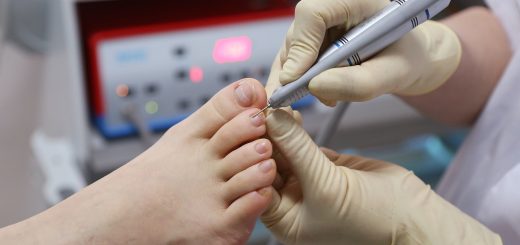What are the Best Options for Adults Who Need Braces?
 The stock image that comes to mind when thinking about braces is usually that of a teenager with wires lining their teeth and colorful brackets holding them down. But, with advances in the orthodontist industry, adult braces are becoming increasingly popular, and in some cases even outnumbering the number of teenage clients!
The stock image that comes to mind when thinking about braces is usually that of a teenager with wires lining their teeth and colorful brackets holding them down. But, with advances in the orthodontist industry, adult braces are becoming increasingly popular, and in some cases even outnumbering the number of teenage clients!
When and why to get braces?
Braces will mostly be prescribed by your dentist if they notice the need to improve a patient’s “orofacial” features. By using orthodontic treatments like braces, aligners, self-ligating braces, or lingual braces, many of these orofacial issues can be treated. This includes crooked or crowded teeth, overbites or underbites, incorrect jaw position and jaw joints disorders.
In most cases, if left unattended these issues can become pretty serious leading to tooth decay, gum disease, headaches, and earaches, as well as speaking, biting or chewing problems. But, that also doesn’t mean that if you have had braces in your youth you won’t need them again. Teeth can shift at any age, due to injury, a health condition, or simply natural growth, and that is why it is essential to keep your dental check-ups scheduled.
What are your options?
- Conventional braces – This is the most visible option of all, but also the cheapest. With just a single bracket cemented on the front of the tooth and a few bands in the back, this treatment is not as visible as it was decades ago. There are also many ways to camouflage the braces with clear or tooth-colored ceramic.
- Aligners – This is a whole new way to straighten teeth without calling attention to them. Using clear casing which is visually undetectable, aligners correct teeth without people noticing. Unlike braces, there are no brackets or wires. Aligners are, therefore, more comfortable and because they are removable, eating, brushing and flossing are no problem. However, aligners do require more discipline than other methods. You’ll need to keep them in as much as possible and switch out trays on schedule or results will be delayed. The most common aligner comes from Invisalign.
- Lingual braces – Lingual braces are similar to conventional braces except that they are cemented to the backside of the tooth. They are hard to notice and work just as fast as conventional braces. The only difference is that they definitely won’t cost the same, with lingual braces having to be custom-made.



